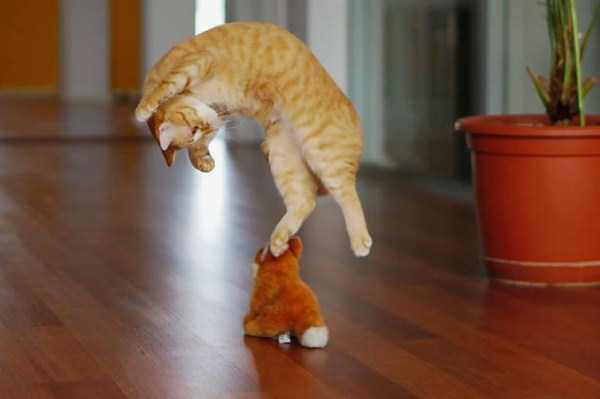Breathing Easy: Respiratory Health Threats of Cat Litter Boxes.
Breathing Easy: Respiratory Health Threats of Cat Litter Boxes.
Blog Article

Feline owners are no complete strangers to the daily task of scooping out their furry pal's litter box. It's a routine job that's typically neglected, yet vital for maintaining a tidy and healthy environment for both cats and their human buddies. However, what numerous family pet owners may not recognize is that there are surprise health risks related to the litter box that can pose risks to both human beings and cats alike. From respiratory concerns to parasitic infections, the litter box can harbor a variety of risks that need mindful attention and management.
One of the most common health threats related to the litter box is respiratory problems. Cat litter, specifically clay-based ranges, can contain fine dust particles that end up being air-borne when disturbed during scooping or when cats dig in the litter. These dust particles can be breathed in by both felines and human beings, leading to respiratory inflammation and worsening conditions such as asthma or allergic reactions. In some cases, prolonged exposure to litter dust can even trigger more extreme breathing issues in both felines and their owners.
To minimize respiratory dangers, it's vital to pick low-dust or dust-free litter alternatives and to scoop the litter box in a well-ventilated location. Wearing a dust mask while cleaning the litter box can also help decrease exposure to airborne particles, particularly for individuals with respiratory level of sensitivities.
Another considerable health danger related to the litter box is the capacity for parasitic infections, especially from Toxoplasma gondii, a typical parasite discovered in feline feces. While the majority of healthy people might not experience signs if contaminated, pregnant ladies and people with weakened body immune systems are at higher danger of developing serious problems, including abnormality and neurological disorders.
To minimize the risk of parasitic infections, pregnant women should prevent cleaning up the litter box completely cat litter robot and entrust this job to another home member. Furthermore, all individuals should practice good health routines, consisting of washing hands thoroughly after handling the litter box or entering into contact with feline feces, to minimize the danger of transmission.
Many commercial feline litters consist of chemicals and ingredients that can position health risks to both cats and human beings. For instance, some aromatic litters may consist of scents or vital oils that can irritate sensitive breathing systems or trigger allergies. In addition, clumping litters typically include sodium bentonite, a clay product that can expand when ingested, causing intestinal blockages if consumed by felines.
To reduce chemical exposure, select unscented or naturally-scented litters made from biodegradable products such as paper, wood, or plant-based alternatives. These eco-friendly alternatives are not only safer for your feline's health but likewise better for the environment.
The litter box environment provides a perfect breeding ground for germs, including possibly harmful pathogens such as E. coli and Salmonella. These germs can pollute the litter box and surrounding locations, increasing the danger of infection for both cats and people. Cats can contract bacterial infections through direct contact with infected litter or by ingesting feces during grooming, while human beings can become contaminated through contact with polluted surface areas or incorrectly cleaned hands.
To reduce the danger of bacterial contamination, it's necessary to clean up the litter box regularly utilizing hot water and mild cleaning agent, as well as to sanitize the surrounding location to avoid the spread of bacteria. Furthermore, practicing excellent hand hygiene, including cleaning hands completely after dealing with the litter box or entering into contact with cat feces, can assist lessen cat litter mat the threat of bacterial transmission.
While the litter box may seem like an ordinary element of cat ownership, it's important to recognize the prospective health dangers related to this seemingly innocuous component. From respiratory problems to parasitic infections and bacterial contamination, the litter box can harbor a range of hazards that require careful attention and management. By taking proactive steps to decrease exposure to these dangers, feline owners can develop a more secure and much healthier cat litter robot environment for both their feline companions and themselves.